Master Class: Everything You Need to Know About Old Master Paintings
Christie’s Old Masters Specialist, Milo Dickinson, shares the ultimate guide to an era of art that stretches from the 13th to early 19th centuries
Christie’s Old Masters Specialist, Milo Dickinson, shares the ultimate guide to an era of art that stretches from the 13th to early 19th centuries
Spanning half a millennium of artistic creation, collectors have been interested in Old Masters for hundreds of years. Case in point: Leonardo da Vinci’s Salvator Mundi broke records when it was unveiled for sale by Christie’s in 2017— realizing $450,312,500 and becoming both the most expensive Old Master painting and the most expensive artwork ever sold.
The sheer range of artists and styles on the Old Masters market can be intimidating, but that needn’t be the case, says Milo Dickinson, Specialist in Old Master Paintings at Christie’s London. “What we’re discussing are paintings by the most talented artists in history. These are works that have stood the test of time, both literally and in reputation.”
Here, he shares the top facts to know about these masterworks and the great European artists behind them.
What truly makes a piece an Old Master painting? “In theory, the term applies only to artists who were fully trained, were masters of their local artists’ guild, and worked independently, but in practice paintings produced by pupils or workshops are often included in the definition,” Dickinson explains, adding that “in the art market, date is the primary criterion.”
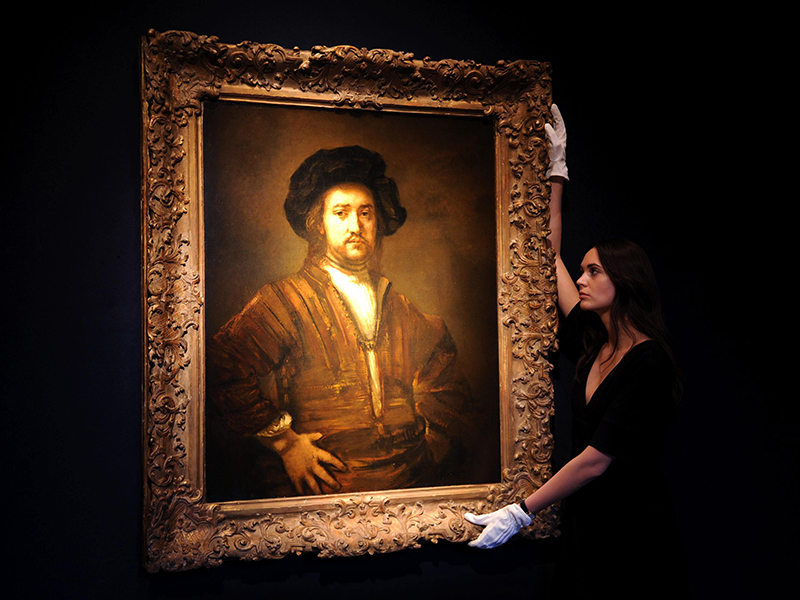
“Unlike painters in the 20th century, it was rare for Old Master painters to work on their own,” Dickinson says. Master painters ran workshops so that menial tasks, such as preparing paints, could be delegated to assistants, who also painted some of the less important parts of pictures.
Old Master artworks have stood the test of time, both literally and in reputation—Milo Dickinson
Many prominent artists learned their craft in such ways and training began at an early age: Michelangelo was apprenticed aged 13 and his contemporary Andrea del Sarto was only seven when he joined a workshop. “It’s no surprise that when comparing an Old Master to a contemporary painting, the Old Master is often a work of unsurpassed technical sophistication,” Dickinson notes.
Michelangelo (1475–1564)
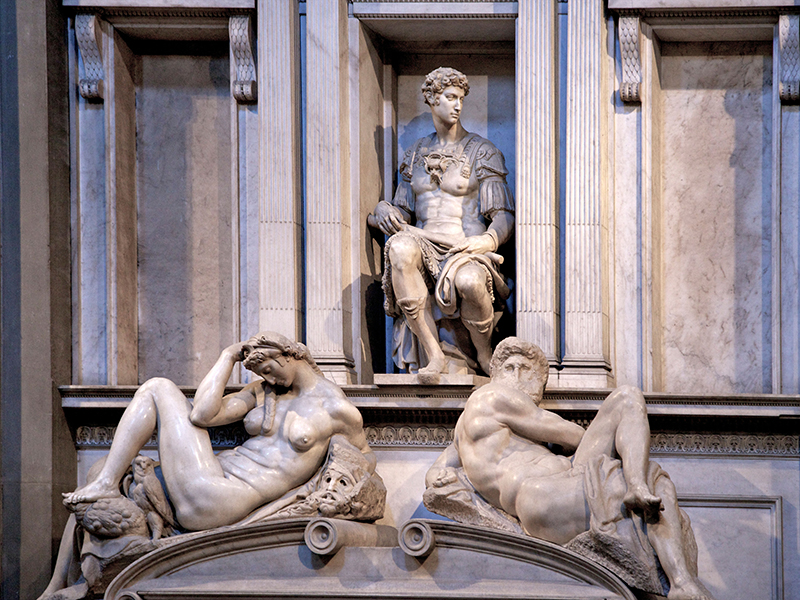
Known by just one name, Michelangelo, along with fellow artists Leonardo da Vinci and Raphael, “elevated the status of art and created a body of work that has influenced almost every major artist to the present day,” says Dickinson.
“Although Michelangelo’s Sistine Chapel is rightly held as the pinnacle of achievement in Western art, I prefer the marble statues he carved for the New Sacristy in San Lorenzo in Florence, Italy. This perfect little chapel is unforgettable, and houses the most beautiful creations by the greatest artist that has ever lived.”
Albrecht Dürer (1471–1528)
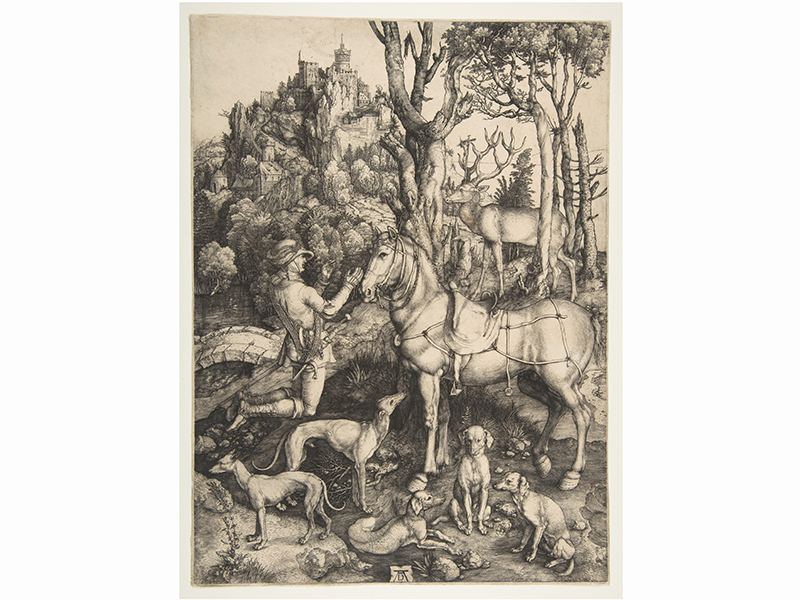
German artist Albrecht Dürer harnessed the invention of the printing press to produce woodcuts and engravings, which made him an artistic celebrity across Europe. “Of all his triumphs in this field, the most remarkable is his Vision of Saint Eustace of 1503,” Dickinson explains. The work shows the conversion of a Roman general to Christianity and was sold by Christie’s in 2013 for $722,500.
Peter Paul Rubens (1577–1640)
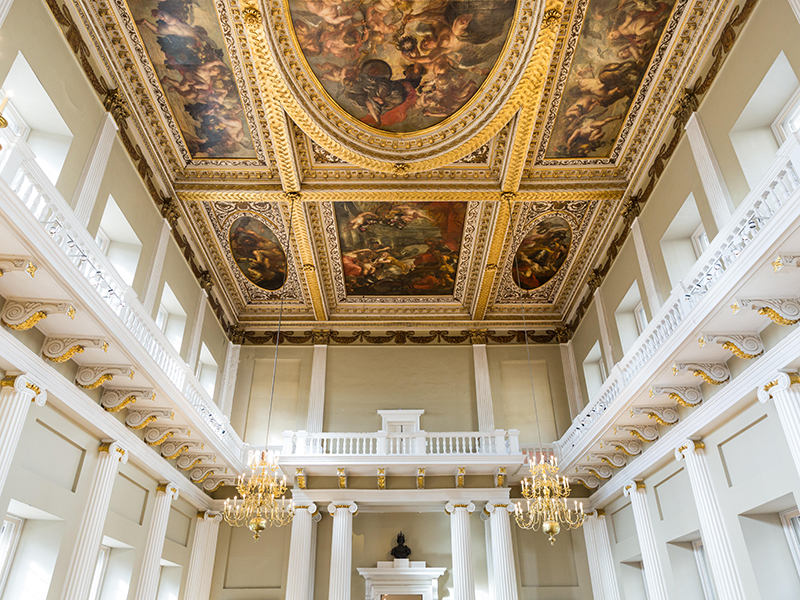
Brilliant and bombastic, Flemish painter Peter Paul Rubens produced thousands of paintings with the help of his workshop, in a unique Baroque style. “He was a confident character, a classically educated humanist scholar, and diplomat who was knighted by both Philip IV of Spain and Charles I of England,” says Dickinson.
“He had so many triumphs, but the most accessible for me is the ceiling he made for Charles I in London’s Banqueting House. It’s a visionary glorification of the British monarchy in a flurry of movement and color.” The work is Rubens’ largest surviving piece still in its original location.
Rembrandt (1606–1669)
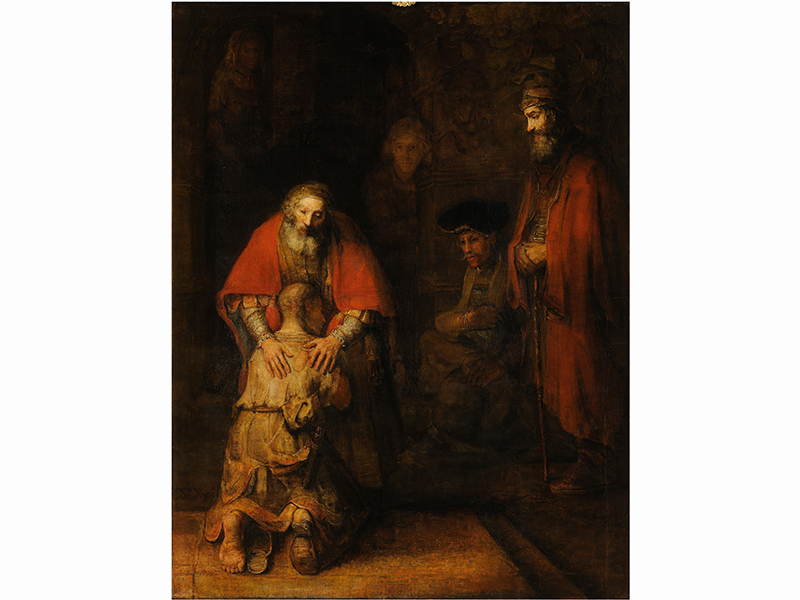
Although Rembrandt wished to emulate Rubens’ achievements, the Dutch painter was an altogether more introspective artist, says Dickinson. “Rembrandt’s life was marked by personal tragedy and financial hardships, but these difficulties are manifest in unflinchingly honest and bold paintings.” Rembrandt’s The Return of the Prodigal Son has been described as the greatest painting in the world, a sentiment with which Dickinson wholeheartedly agrees. Painted in Rembrandt’s dying years, it depicts the prodigal son returning to seek his father’s forgiveness after wasting his inheritance through vice.
If you’re interested in learning more about the Old Masters, Dickinson recommends joining Christie’s Education’s upcoming online course, The Great Master of European Art, or visiting the Old Masters warehouse at Christie’s London. “This is where we handle and compare paintings commissioned by the Medici in 15th-century Florence with a Rembrandt portrait from the 1640s or a spontaneous en plein sketch by John Constable from the 1830s. It’s a life-affirming and rewarding area of interest.”
Meanwhile, if you feel inspired to own a piece of art history yourself, visit Christie’s upcoming online auction Old Master & British Drawings including property from The Cornelia Bessie Estate from January 14–28.
With special thanks to Milo Dickinson for the background research and expertise.
Banner image: Viewers at Christie’s in London admire Domenico Zampieri’s masterpiece St. John the Evangelist